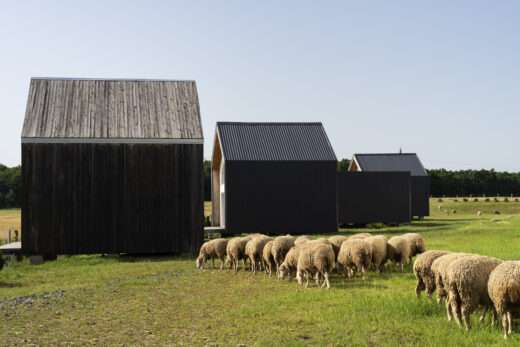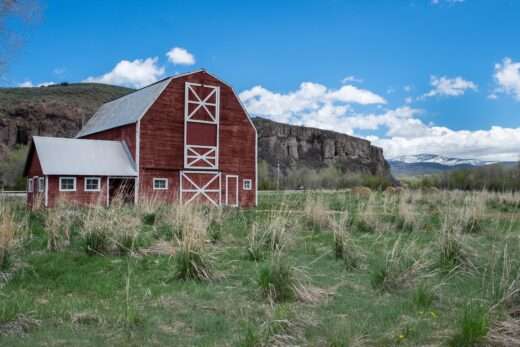Designing a metal barn is an exciting endeavor that demands careful planning and attention to detail. From ensuring structural integrity to incorporating necessary features for functionality, durability, and efficiency, each component plays a vital role in the success of the structure. Whether for storage solutions or agricultural operations, designing a metal barn that fits your specific needs can greatly impact the overall productivity and longevity of your project.
This comprehensive guide will delve into five essential features to consider when designing your metal barn: structural integrity, ventilation, lighting, accessibility, and flexibility. Each element is crucial for creating a secure, comfortable, and productive environment for both animals and workers. By understanding and integrating these key features, you can build a metal barn that not only meets but exceeds your expectations, standing the test of time.

Purpose of Designing a Metal Barn
The primary purpose of designing a metal barn is to fulfill various needs of agricultural operations and livestock management. Metal barns provide protective shelter for livestock, equipment, and agricultural supplies, safeguarding them from adverse weather conditions such as rain, snow, and extreme temperatures. They also facilitate multiple agricultural activities, including processing and crop storage, by offering a dedicated space for these operations.
Metal barns are highly versatile and can be customized to adapt to changing requirements and evolving agricultural activities. With features like easy expansion, removable sections, and adjustable stalls, metal barns can be tailored to support the growth of your operations. The goal is to create a functional and efficient steel building that not only meets but surpasses your needs, providing a safe and comfortable space.

Essential Features
Structural Integrity: Ensuring the structural integrity of a metal barn is critical for its longevity and stability. This involves designing the building to withstand specific environmental conditions such as wind, snow, and other adverse weather activities. Prioritizing high-quality steel materials and sufficient thickness in the structure will enhance its strength and durability, offering reliable protection for livestock, tools, and other valuable assets.
Ventilation and Airflow: Proper ventilation and airflow are essential for maintaining a healthy and comfortable environment inside the barn. Without adequate ventilation, humidity buildup, heat retention, and poor air quality can lead to rust and degradation issues. Natural ventilation systems, strategically placed doors and windows, and proper sealing can help regulate temperature and moisture levels, creating a more comfortable environment for both animals and workers.
Lighting: Adequate lighting is crucial for the safety and productivity of both animals and workers. Incorporating natural lighting sources like skylights or transparent roof panels can reduce reliance on artificial lighting during the day. Energy-efficient LED fixtures strategically placed throughout the barn ensure uniform light distribution, enhancing visibility and reducing energy consumption. This combination of natural and artificial lighting promotes a more inviting and stress-free environment.
Accessibility: Designing a barn with accessibility in mind ensures smooth operations and accommodates the evolving needs of agricultural activities. Wide doorways and corridors allow for the easy movement of large equipment and animals. Additionally, designing for flexibility and expansion, such as incorporating removable panels or modular construction styles, allows the barn to adapt to future growth and changing requirements.
Flexibility and Expansion: Considering future needs and potential growth opportunities is essential when designing a barn. Incorporating features that allow for easy reconfiguration and customization, such as removable panels or partitions, adjustable stalls, and modular construction styles, ensures that the barn can evolve alongside your agricultural operation. This flexibility supports long-term productivity and adaptability.
Conclusion
In conclusion, designing a metal barn requires thoughtful consideration of several factors to ensure its functionality, durability, and flexibility to meet your needs. By focusing on structural integrity, ventilation, lighting, accessibility, and expansion capabilities, you can create an adaptable and efficient metal building that supports your agricultural operations. Incorporating these key elements into your design process will enhance the safety and well-being of both animals and workers, contributing to the long-term success and sustainability of your farming activities. With careful planning and attention to detail, your metal barn can become a cornerstone of productivity and efficiency for years to come.


